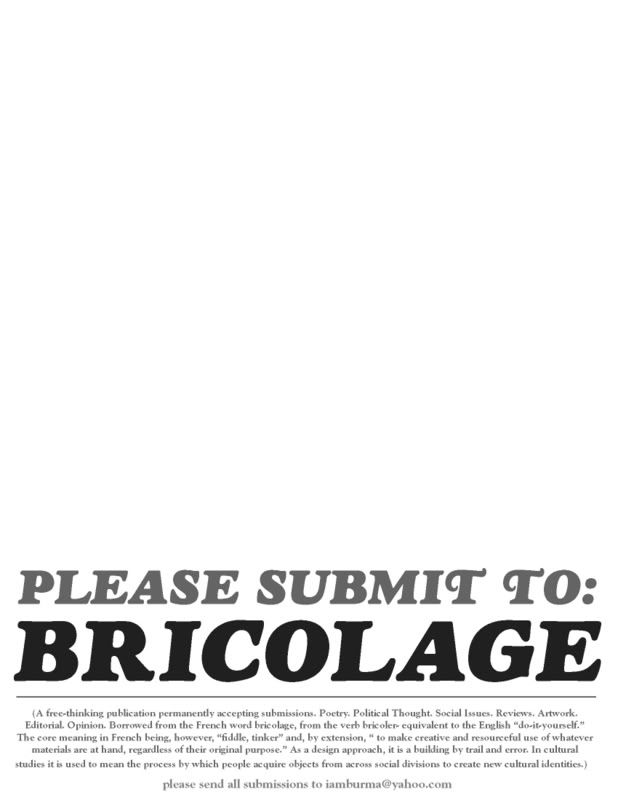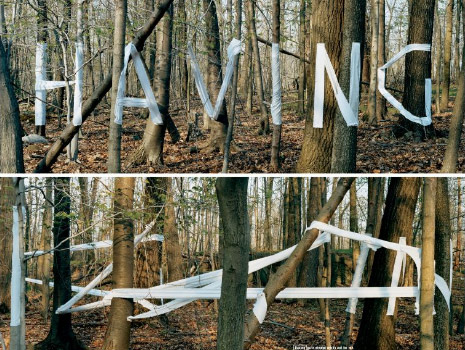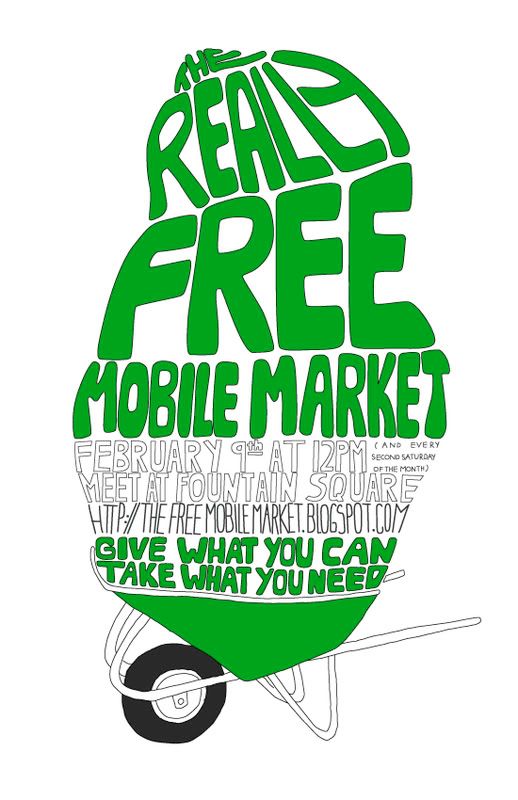
Thursday, January 31, 2008
Wednesday, January 30, 2008

Before I even started to read this article I tried to think about what the title Design=Heart? might even imply. Is this a question regarding the emotional quality of design? How authentic the intention of the designer is? The motives of the client? Eventually my question is answered: “Can design do more than sell products for our clients… Can design play a bigger role in solving social problems?”
I begin to think that maybe the question isn’t “can it,” so much as “will it.” Will designers use their talents for a greater good? Sagmeister claims that, “The main reason for all of this fluff is that most designers don’t believe in anything. When your conscience is so flexible, how can you do strong work?” On this point I disagree with the author, Carolyn Sienicki. I feel that this statement is primarily true and that most people don’t question the ethics of their work or attempt to show a sense of humanity. I am reminded of Rem Koolhaas’ writings; “Junkspace thrives on design, but design dies in Junkspace.” Or, there is a cycle to be broken out of.
But with all of this said, how, by example, does Mr. Sagmeister show us the way? Stylistically (although he would claim style=fart) his handwritten text (Lou Reed poster, AIGA Detroit poster), his typographic studies from natural and found elements (Trying to look good limits my life, Anni Kuan Brochure), his work that feels more like a gift (Horse brochure), to his more “political” themed design campaigns (Move Our Money), all have a personal connection with the viewer. It is neither pretentious nor trendy and allows to viewer to become apart of it. The best example of this is his logo for The Seed Media Group, which allows each individual of the company to personalize and become apart of the logo/identity.
However, should we feel that emotionally connected with something that is essentially an advertisement? Is this not contrary to the question of "doing more than selling products?" I find that I can't distinguish the line between liking and appreciating good design for what it is (clever, appealing, beautiful ) and what it is doing (selling Skittles and soda). As soon as I start to enjoy something I think about what it is supporting and then start to question its motives. Many of Sagmeister's methods have been applied to modern advertising quite successfully, drawing the same sort of emotional experiences (McDonald's, Verizon Wireless, to name a few.) Yet, from all of this I wish to be reminded that design is about communicating with individuals who engage with it, not a “target audience” or “demographic”, that when we go to design something we should seek to “inform, delight, provoke, support, and simplify,” not to sell. So with this said, I feel that Sagmeister is correct in saying "Good form and the appropriate use of style can enhance any message," and that good design is not only about the execution, but also lies in the message, with a positive social impact being the yardstick.
Sunday, January 27, 2008

The most important place to start is Arcosanti. This summer, again keeping with the theme of Freedom and Pursuit, I spent a short time visiting some friends staying at Paolo Soleri's Arcosanti Arcology Project.
Acosanti was one of the most utopian atmospheres I have ever encountered. Paolo Soleri defines the uptopian as:
The perfect community, the Garden of Eden, a just and loving reality, all floundering presumptions fatally flawed and prime causes of suffering and cruelty. Good intentions, catastrophic results.
In his words, the utopian is the denial of reality, in which its "blindness" to the rest of the world will ultimately mark its demise (spiritually, emotionally, and physically). There were multiple occasions when my traveling buddies and I sat down and discussed whether or not we wanted to leave, and if we shouldn't just spend one more night (which we did for a few days), debating if this might not be the place for us to stay for a good couple of years. Besides for all of the fatally poisonous and somewhat deadly insects and animals, it was a mecca of leisure. Swimming all day and night, delicious food, perfect weather, celebration, many rounds of "The Manifest Destiny" (an alcoholic drink made from the juice of prickly pear and saguaro fruit that we picked), singing/dancing, "crawdaddin'" (which more or less is extreme and very loud intoxication while submerged in water), fresh picked hickory bark, free store, sunsets, amazing vegetation, etc. etc. etc. All of this seemed too good to just leave, and for Cincinnati of all places. But looking back I realize that this is the flaw of utopian ideas, the inability to face what is yours, and what you are native to. It would have been easy to stay there, but much harder to bring it back home. How can all the wonderful experiences and details of this model be put into action elsewhere? And how can the effects of communities like this be implemented in a "real world" situation (Yes, I am saying that Arcosanti exists outside of the real world). What and how is the Cincinnati Arcology?


It's hard to write sporadically and somewhat intuitively on the internet, and I find myself struggling to Just Do It, which incidentally is this years modo. (Following a much successful 2007 year, entitled The Summer of Freedom and the Pursuit, we, my close friends, and also quite literally partners in crime, have decided to keep with the absurd pop culture/commercial turned "profound" yearly goals, this year being UPGRADE: Just Do It 2008.) So in the spirit of 2008 I have decided to upgrade my journaling from the physical realm to the realm of time and space and henceforth commence with the internet post-ums.
Wednesday, January 23, 2008
Wednesday, January 16, 2008
Subscribe to:
Comments (Atom)

